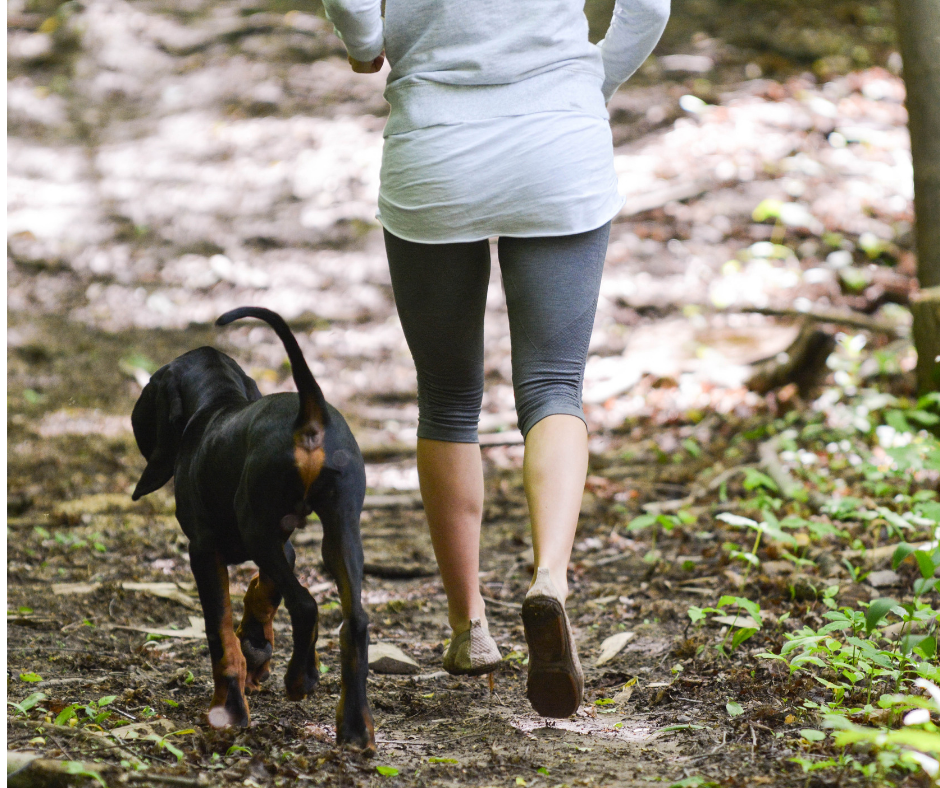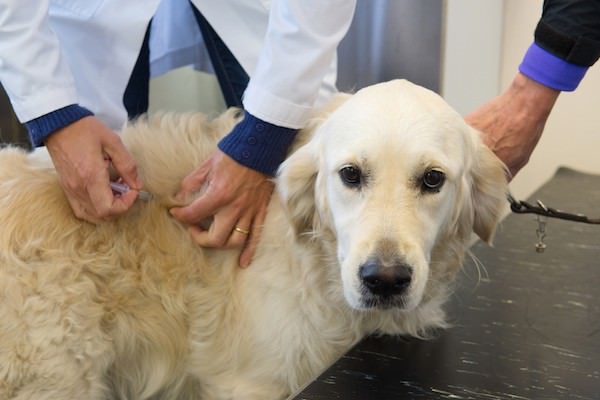
Exercise With Your Pet – Even in Winter
March 8, 2019
Canine Influenza Risk
June 20, 2019Dental health is one area where all cats and dogs, even healthy ones, need attention, support and investment. We often get asked what makes dental care cost more than other types of veterinary procedures. It’s an understandable question, especially because we can often have our own teeth cleaned for a fraction of what it can cost for a pet dental cleaning. In fact, a Comprehensive Oral Health Assessment and Treatment (COHAT) for your pet may be more expensive because he or she requires anesthesia to allow for a thorough exam and safe treatment. Regularly brushing your pet’s teeth is a great idea, but like for most people, regular professional cleanings are needed to maintain or regain good oral health.
What is involved in a thorough dental evaluation and cleaning?
In order to truly understand your pet’s dental health, your veterinarian must do more than clean the teeth. As we outlined in our prior post Does My Pet Need Professional Teeth Cleaning?, after the cleaning and polishing is completed your pet’s veterinary team will perform a thorough oral exam assessing periodontal disease, damaged or mobile teeth, and look for growths or masses that would otherwise be missed.
So what does that mean? Not all veterinarians follow the same practices, so it is important to have your vet provide a detailed description of what your pet’s exam will include. As one of the few AAHA-certified veterinary hospitals in our area, we adhere to AAHA Dental Care Guidelines to ensure safe, complete, and effective dental care for our patients. The foundation of these guidelines is:
1. Rigorous Safety Measures: Since the procedure is performed under general anesthesia, proper evaluation and monitoring is critical. Considerations include:
• Pre-operative labwork to ensure healthy kidneys, liver, & blood cell counts
• Possibly a chest X-ray or ultrasound to identify signs of cardiovascular disease, which could increase the risk of anesthetic
• Intravenous catheter to allow supportive fluid therapy and access to give medications
• Intubation to protect the airway and safely provide oxygen (prevent tartar/plaque/bacteria from going down into the lungs)
• Monitoring of all vital signs including blood pressure, heart rate, respiratory rate and temperature throughout the procedure
2. Thorough Cleaning: Your pet’s teeth will be scaled with an ultrasonic cleaner and polished above and below the gumline to clean the teeth and to make it more difficult for future plaque and bacteria to adhere to the tooth.
3. Detailed Evaluation: The veterinarian will perform a thorough oral exam, checking each tooth for root exposure, gingival pockets, mobility, and fractures. Any problem teeth will be X-ray’d to visualize the tooth root (the part of the tooth under the gums).
4. X-Rays of Problem Areas: At Muller Veterinary Hospital, we use on-site, high-quality digital X-ray equipment so that images can be immediately evaluated, while your pet is still asleep. This is the type of equipment that your own dentist likely uses to visualize your teeth and mouth. By having immediate access to the images on a computer screen, we can potentially address issues during the same visit, which can be cost-effective for you and beneficial for your pet.
Are X-ray images essential? Absolutely! Without dental X-ray imaging, the veterinarian cannot evaluate the tooth root – often where tooth problems first develop. These images also make it much safer to perform extractions by letting the veterinarian visualize the tooth root. It also minimizes the chances of missing problems in the mouth such as a broken or infected root, or bone cancer surrounding a tooth.
5. Consultation: Once the assessment is complete, the veterinarian will call you to discuss the exam findings. If the teeth are healthy, there will be no intervention needed. If there are problem teeth, these will be discussed and a treatment plan will be made and whenever possible implemented the same day. These options could include monitoring, deep gum treatment, extraction, or referral to a veterinary dental specialist for advance dental care.
If you haven’t had your pet’s dental health evaluated, there is no better time than the present. Preventive dental care can help your pet stay healthy longer. If you have any questions, please call us at (925)934-8042 to schedule a visit with our veterinarians to discuss your pet’s dental health.

